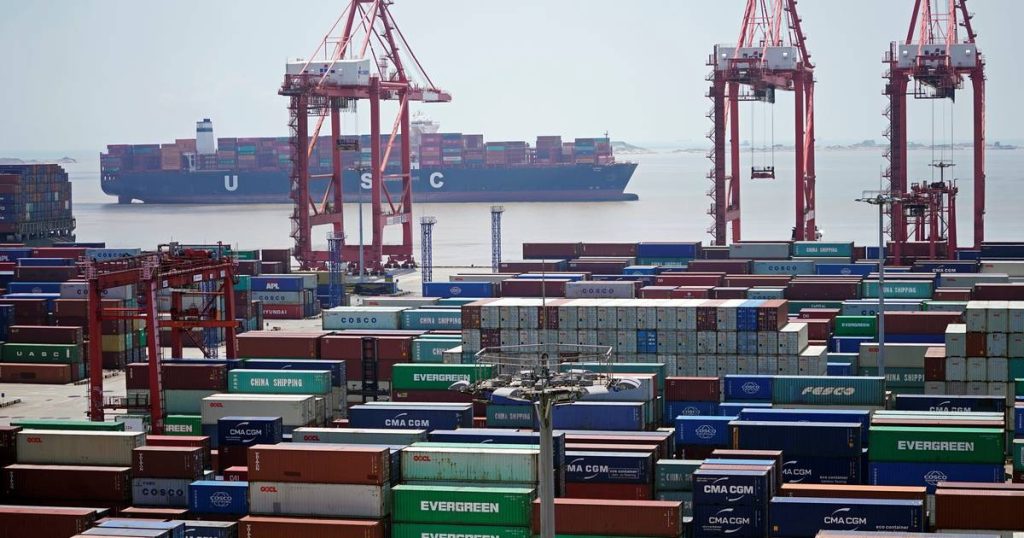A total of 477 bulk cargo ships are waiting at sea outside various Chinese ports to bring raw materials on board, ranging from metal ore to grain. Since Shanghai was closed at the end of last month due to the high number of coronavirus cases, the number of docking ships is increasing every day. Shanghai eased coronavirus restrictions in some neighborhoods on Monday, as a result of growing discontent over the very strict lockdown.
More than two weeks later, traffic jams also spread to neighboring Ningbo-Zhoushan as ship owners desperately diverted their ships to the country’s other major ports to avoid a shortage of truck drivers and closed warehouses in Shanghai.
On April 11, 222 ships carrying bulk cargoes were waiting off the coast of Shanghai, up 15 percent from the previous month, according to shipping data from financial news agency Bloomberg. In Ningbo-Zhoushan, there were 134, or 0.8 percent more than last month, while in the north, the ports of Rizhao, Dongjiakou and Qingdao combined recorded a 33 percent increase, to 121 ships. Meanwhile, 197 container ships are also being loaded or waiting to be loaded at the combined Shanghai and Ningbo docks, an increase of 17 percent from last month.
According to shipping companies and traders, a shortage of dock workers in Shanghai is causing delays in issuing the documents that ships need to unload their cargo. In addition, many ships carrying minerals such as copper and iron ore are banned at sea because trucks cannot carry goods from the port to the processing plants.
Relax
The authorities in China’s largest city have now announced that residents of the areas with the fewest number of infections will gradually be able to move outside their neighbourhoods. It is unknown how many people will be able to do this, or when they will be able to do so.
Shanghai officials identify three categories of neighborhoods in the infection post. The director of the board of directors, Gu Honghui, said that the various prevention and control measures should reflect the situation on the ground. Residents of the “strictly controlled” and “controlled” areas should stay indoors. Residents of neighborhoods that have not recorded cases of infection during the past two weeks are allowed to leave their homes.
According to the official media, residents of neighborhoods benefiting from the facilities are allowed “in principle” to move within their area, provided they adhere to the established health procedures. On Monday, 27,509 new cases of COVID-19 were recorded in China, the vast majority of which were in Shanghai.
Unlimited free access to Showbytes? And that can!
Sign in or create an account and never miss a thing from the stars.

“Lifelong food practitioner. Zombie geek. Explorer. Reader. Subtly charming gamer. Entrepreneur. Devoted analyst.”











More Stories
Massive whale smashes boat off New Hampshire coast
Then the left bloc reaches an agreement on a candidate for prime minister.
EU criticizes Israeli PM for distorting history, court ruling